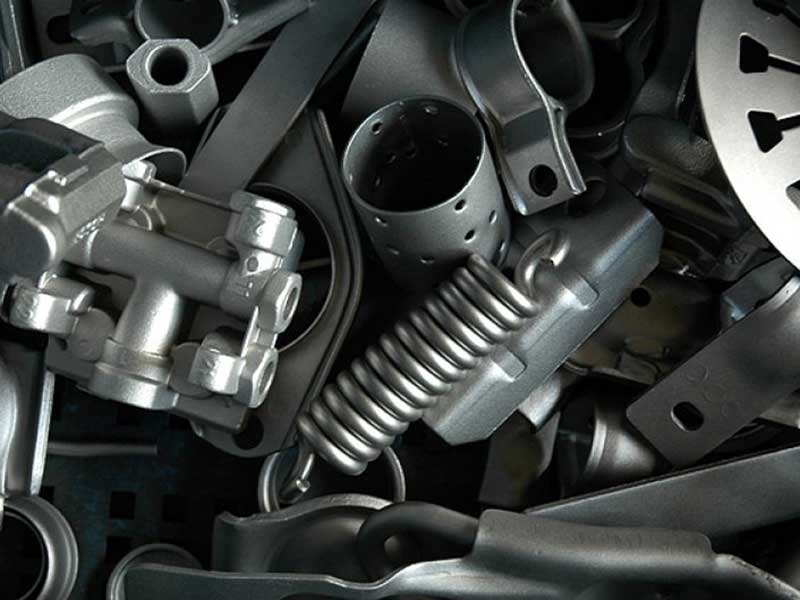
Sandblasting in metalworking plants encompasses a range of technological processes that are critical for surface preparation and cleaning. These processes are carried out to remove rust, oxides, old paint, oil and other contaminants on the surfaces of metal parts, to roughen the surface or to achieve a certain surface quality.
Basic Principles of Sandblasting Operations:
Sandblasting is based on the principle of spraying abrasive materials (sand, steel balls, glass beads, etc.) onto the metal surface by means of compressed air or mechanical turbines at high speed. This process ensures that unwanted substances on the surface are removed with an abrasive effect.
Types of Sandblasting Operations:
- Compressed Air Sandblasting:
- In this method, abrasive materials are accelerated with compressed air and sprayed onto the surface.
- It is often used for cleaning large and complex parts.
- Turbine Sandblasting:
- In this method, abrasive materials are accelerated by mechanical turbines and sprayed onto the surface.
- It provides high efficiency and is widely used in mass production.
- Wet Sandblasting:
- In this method, abrasive materials are sprayed by mixing them with water.
- It reduces dust formation and is suitable for sensitive surfaces.
Usage Areas of Sandblasting Operations:
- Surface Cleaning:
- Removal of rust, oxides, old paint and other contaminants.
- Surface Roughening:
- Preparation of the surface before painting, coating or gluing.
- Surface Hardening:
- Improvement of the mechanical properties of the surface.
- Deburring:
- Removal of burrs after casting or machining.
- Decorative Purposes:
- Giving an aesthetic appearance to metal surfaces.
Things to Consider in Sandblasting Operations:
- Abrasive Material Selection:
- The appropriate abrasive material should be selected according to the type of material to be processed and the desired surface finish.
- Pressure and Speed Adjustment:
- The sandblasting pressure and speed must be carefully adjusted to prevent damage to the surface.
- Safety Precautions:
- During the sandblasting process, appropriate safety precautions must be taken to protect operators and the environment.
- Dust Control:
- Appropriate dust collection systems should be used to control the dust generated during sandblasting.
Advantages of Sandblasting Operations:
- High Efficiency:
- It allows large surfaces to be cleaned in a short time.
- Consistent Quality:
- It provides reproducible results.
- Versatility:
- It can be used on different materials and surfaces.
- Environmental Friendliness:
- Damage to the environment can be reduced with recyclable abrasives.
Sandblasting in metalworking plants is an important technology that increases the efficiency and quality of production processes.




